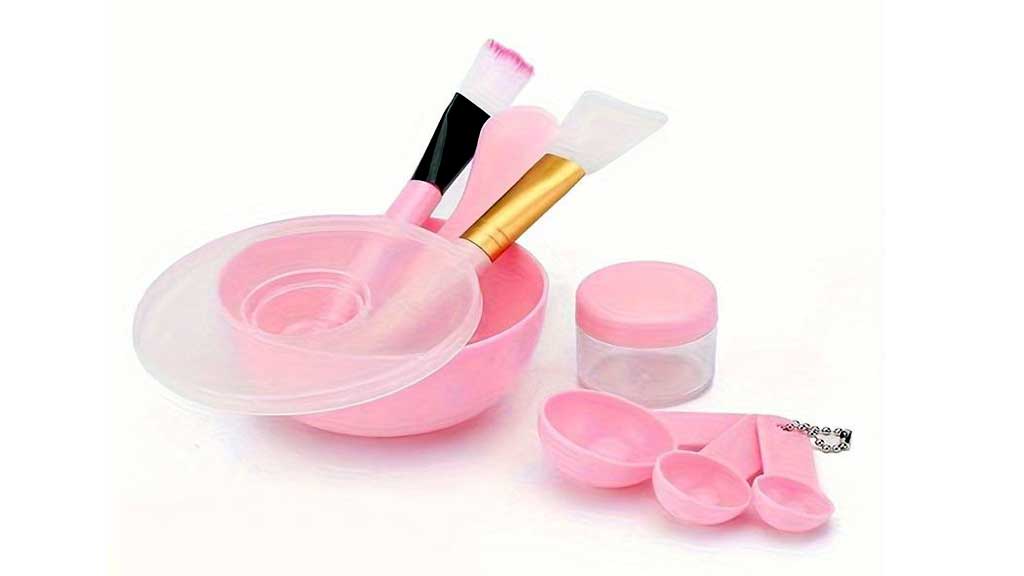Blending components correctly in skincare products is crucial to ensure efficacy, stability, and safety. Here's a step-by-step guide to blending ingredients in skincare formulations.
Understand Your Ingredients
- Active Ingredients: Know the concentration and stability of active ingredients, like retinoids, acids, or peptides.
- Base Ingredients: These include oils, butters, water, and emulsifiers that form the bulk of the product.
- Preservatives: Essential to prevent microbial growth, especially in water-based formulations.
- Fragrances and Essential Oils: These should be used sparingly and with care due to potential skin sensitivities.
- pH Adjusters: Ensure the final product has a pH suitable for skin use.
Phase Separation
- Water Phase: Water-based ingredients, like hydrosols, glycerin, and aloe vera, should be heated in a separate container.
- Oil Phase: Oil-based ingredients, such as oils, butters, and emulsifiers, should be heated separately.
- Heat Stability: Only heat ingredients that are stable at higher temperatures; avoid overheating sensitive components.
Heating and Mixing
- Temperature: Both water and oil phases should be heated to a similar temperature (typically around 70-75°C or 158-167°F) to allow proper emulsification.
- Blending Phases: Slowly add the oil phase to the water phase while continuously stirring to form an emulsion. Use a hand blender or a homogenizer for consistent results.
Cooling Phase
- Active Ingredients: Once the emulsion is formed, allow the mixture to cool down to below 40°C (104°F) before adding heat-sensitive ingredients like active compounds, preservatives, and fragrances.
- Continuous Mixing: Stir continuously during cooling to ensure uniform distribution of all components.
pH Adjustment
- Check pH: Test the pH of the final product using pH strips or a pH meter.
- Adjust if Necessary: Use citric acid, sodium hydroxide, or other pH adjusters to bring the product into the desired pH range (typically between 4.5-7 for skincare products).
Preservation
- Add Preservatives: Add the preservative at the recommended concentration, ensuring it's evenly distributed throughout the product.
- Microbial Testing: If possible, conduct microbial testing to ensure the preservative is effective.
Final Blending and Packaging
- Final Mix: Give the formulation one last mix to ensure all components are fully incorporated.
- Packaging: Transfer the product into sterilized containers. If using air-sensitive ingredients, consider packaging in airless pumps or opaque containers.
Stability Testing
- Shelf-Life Testing: Conduct stability testing, including checking for separation, microbial growth, and consistency in different temperature and humidity conditions.
Record Keeping
- Document Everything: Maintain detailed records of formulations, including batch numbers, ingredient sources, and dates of production for quality control and regulatory purposes.
Tips:
- Small Batches: Start with small batches to test your formulation before scaling up.
- Sanitation: Ensure all tools, containers, and work surfaces are thoroughly sanitized to prevent contamination.
- Patch Testing: Always perform patch testing on a small area of skin to ensure the product is safe for use.
Following these steps carefully will help ensure that your skincare product is effective, stable, and safe for use.
